Creole vs Cajun: What’s the Real Difference in Spice? 🌶️🔥
Table of Contents
- Introduction
- The Roots: Where Did They Come From?
- Main Ingredients Compared
- Flavor Profiles: Bold vs Balanced
- How to Use Them in Cooking
- Top Creole and Cajun Spice Blends You Can Try
- Buying Guide: Which One Should You Choose?
- Final Thoughts
Introduction
If you’ve ever wandered down the spice aisle and paused at the labels marked 'Cajun' and 'Creole,' you’re not alone. These two seasoning blends might seem interchangeable — but they're not! Understanding the difference between Creole vs Cajun is more than just about heat; it's a journey through history, culture, and culinary identity.
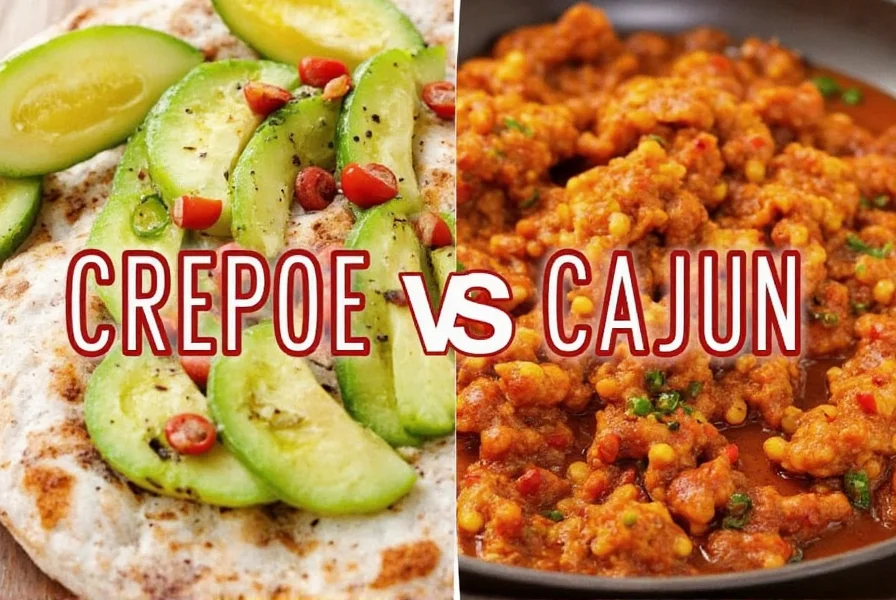
The Roots: Where Did They Come From?
Both Creole and Cajun seasoning styles have deep ties to Louisiana, but their origins are distinct:
- Creole: Often called 'city food,' Creole cuisine comes from New Orleans. It was influenced by French, Spanish, African, and Caribbean cooking traditions.
- Cajun: Rooted in rural Louisiana, Cajun cooking was brought by Acadian exiles from Canada (now known as Cajuns). Their dishes were hearty, rustic, and packed with bold flavors.
| Origin | Creole | Cajun |
|---|---|---|
| Region | New Orleans & surrounding areas | Southwest Louisiana (Bayou country) |
| Influences | French, Spanish, African, Italian | Acadian (Canadian-French) |
| Lifestyle | Urban, cosmopolitan | Rural, farm-to-table |
Main Ingredients Compared
Let’s dive into what goes into each blend:
- Creole Seasoning typically includes:
- Paprika
- Garlic powder
- Onion powder
- Oregano
- Thyme
- Black pepper
- Salt
- Cajun Seasoning often features:
- Black pepper
- Cayenne pepper
- Paprika
- Garlic powder
- Onion powder
- Thyme
- Bay leaf (sometimes)
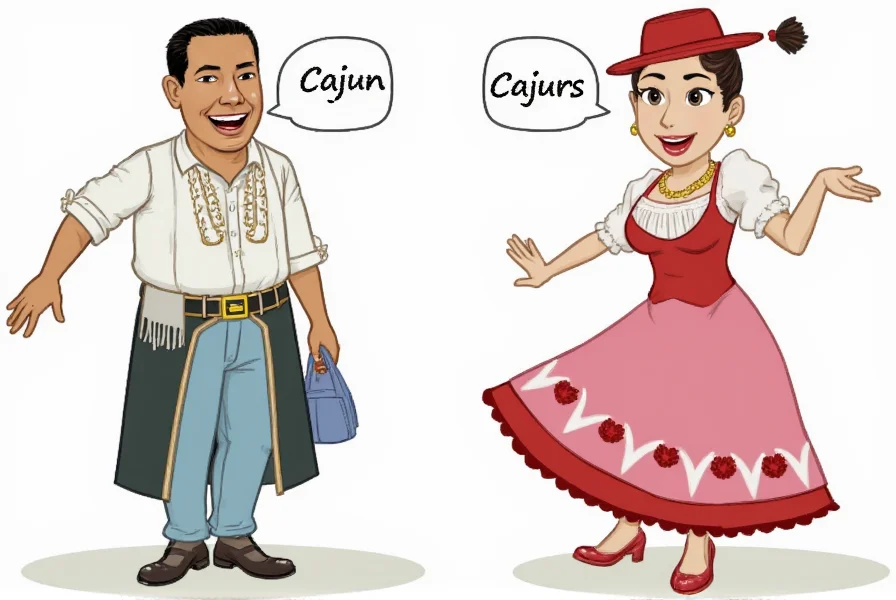
Flavor Profiles: Bold vs Balanced
So what do these differences mean on your plate?
| Aspect | Creole | Cajun |
|---|---|---|
| Heat Level | Moderate | High |
| Main Flavor Notes | Earthy, herbal, aromatic | Smoky, peppery, fiery |
| Signature Dish | Jambalaya, Gumbo | Etouffée, Dirty Rice |
Think of Creole as the smooth jazz of seasonings — complex and well-rounded. Cajun, on the other hand, is like rock ‘n’ roll: bold, loud, and full of attitude.
How to Use Them in Cooking
Ready to get creative? Here’s how to make the most of both blends:
Use Creole When:
- You want rich, earthy flavors without too much heat.
- Preparing seafood dishes, especially shrimp or crab.
- Seasoning soups, stews, or sauces that need depth.
Use Cajun When:
- You're grilling or roasting meats (especially chicken or sausage).
- Looking for a smoky, spicy kick.
- Feeling adventurous and ready to turn up the heat!
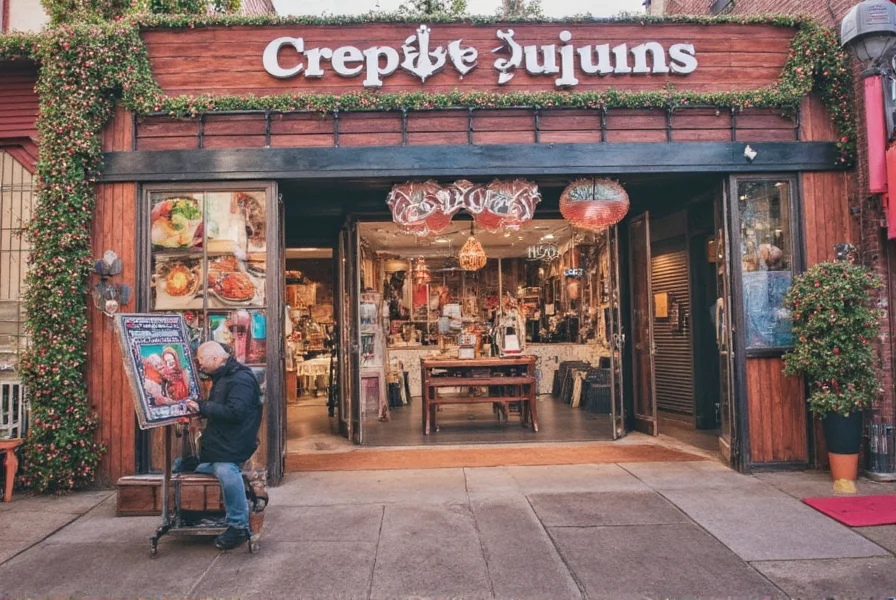
Top Creole and Cajun Spice Blends You Can Try
Here are some tried-and-tested spice blends you can find in stores or easily mix at home:
Classic Creole Blend
- 2 tbsp paprika
- 1 tbsp garlic powder
- 1 tbsp onion powder
- 1 tsp dried oregano
- 1 tsp dried thyme
- 1 tsp black pepper
- 1 tsp salt
Best For: Seafood gumbos, grilled veggies, tomato-based sauces.
Fiery Cajun Blend
- 2 tbsp paprika
- 1 tbsp cayenne pepper
- 1 tbsp garlic powder
- 1 tbsp onion powder
- 1 tsp dried thyme
- 1 tsp ground bay leaf (optional)
- 1 tsp salt
Best For: Chicken wings, grilled meats, rice dishes.
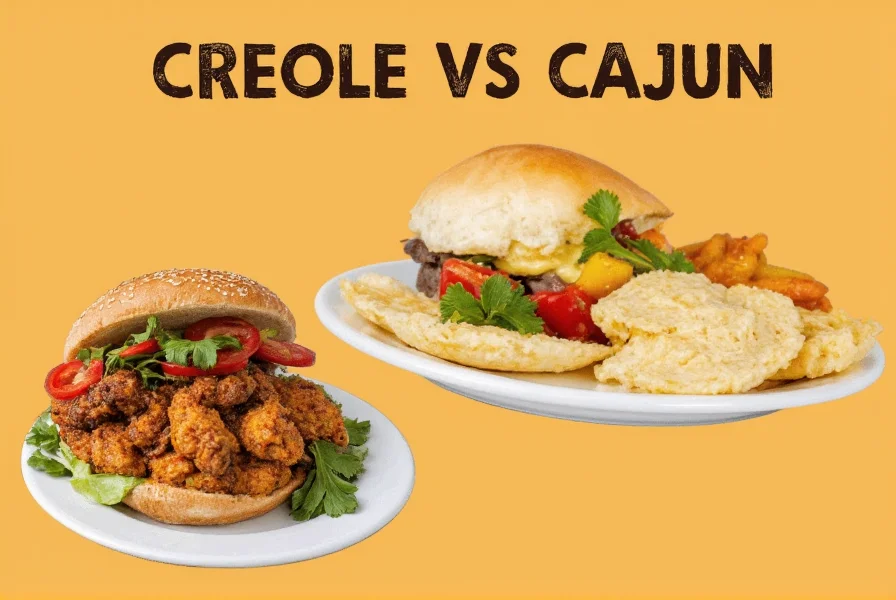
Buying Guide: Which One Should You Choose?
If you’re buying store-bought mixes, here are some top picks and what makes them stand out:
Old Bay Creole Seasoning

- Features: Classic blend with mild heat and herb-forward notes.
- Best For: Shellfish boils, gumbo, grilled fish.
- Target Audience: Home cooks who love seafood.
- Price Range: $5–$8
Leidenheimer Cajun Powerhouse Mix
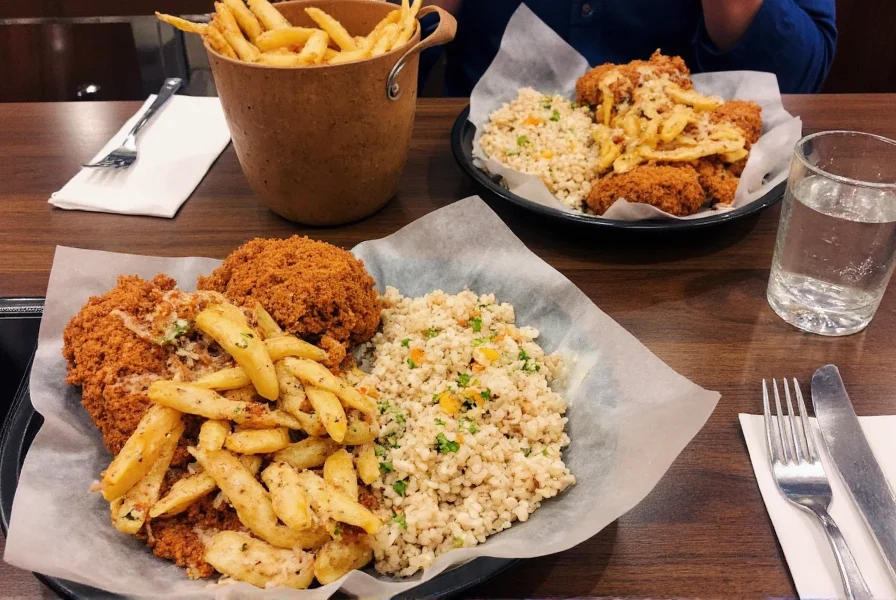
- Features: High heat level with smoky undertones.
- Best For: Grilled meats, fried chicken, crawfish étouffée.
- Target Audience: Heat-seekers and BBQ lovers.
- Price Range: $7–$10
Emeril’s Essence Creole Seasoning
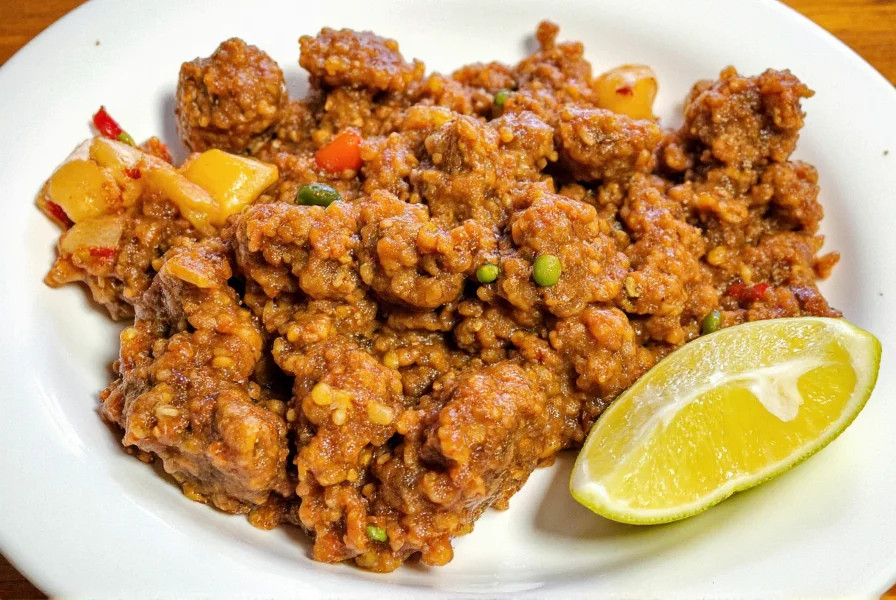
- Features: Balanced, versatile blend developed by Emeril Lagasse.
- Best For: Everyday cooking, from eggs to pasta.
- Target Audience: Casual chefs and fans of Emeril.
- Price Range: $8–$12
Tony Chachere’s Original Cajun Seasoning
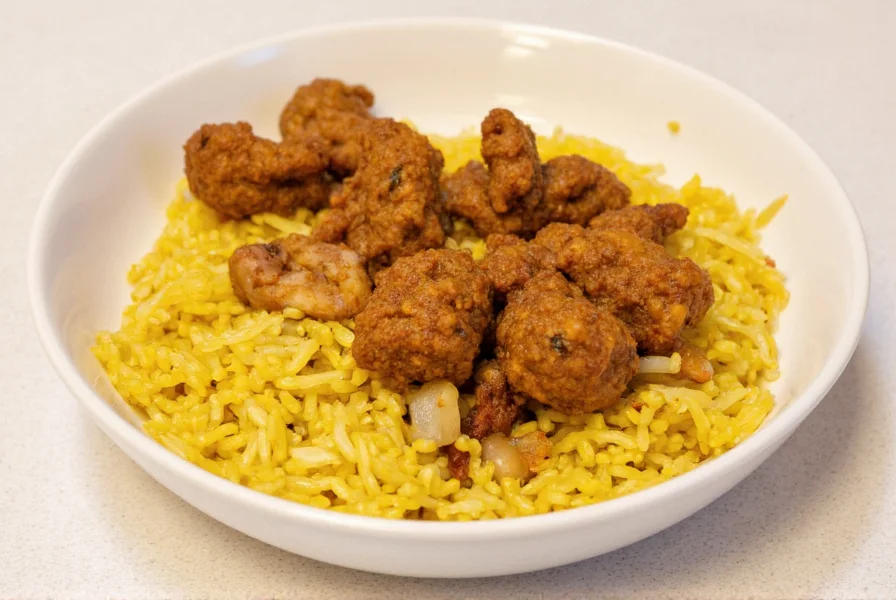
- Features: Iconic blend used across Louisiana kitchens.
- Best For: Jambalaya, red beans and rice, smoked meats.
- Target Audience: Loyalists to traditional Cajun flavor.
- Price Range: $4–$7
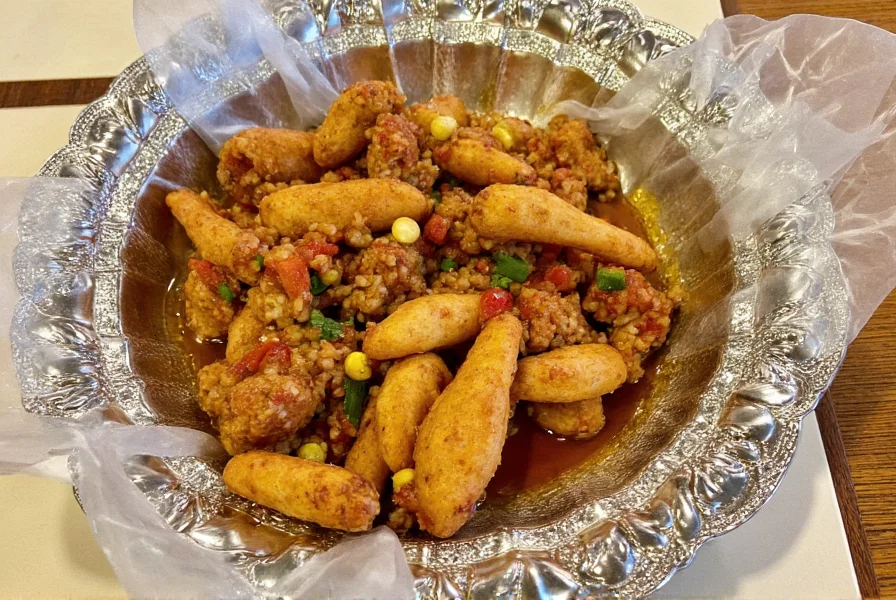
Final Thoughts
Whether you lean toward the refined elegance of Creole or the bold punch of Cajun, both seasonings bring something special to your kitchen. Remember, the real magic lies in understanding their unique characteristics and using them intentionally.
Now that you know the difference between Creole vs Cajun, you’re all set to spice up your meals with confidence and style. So grab a bottle (or two), crank up the heat, and let your taste buds travel down the bayou!
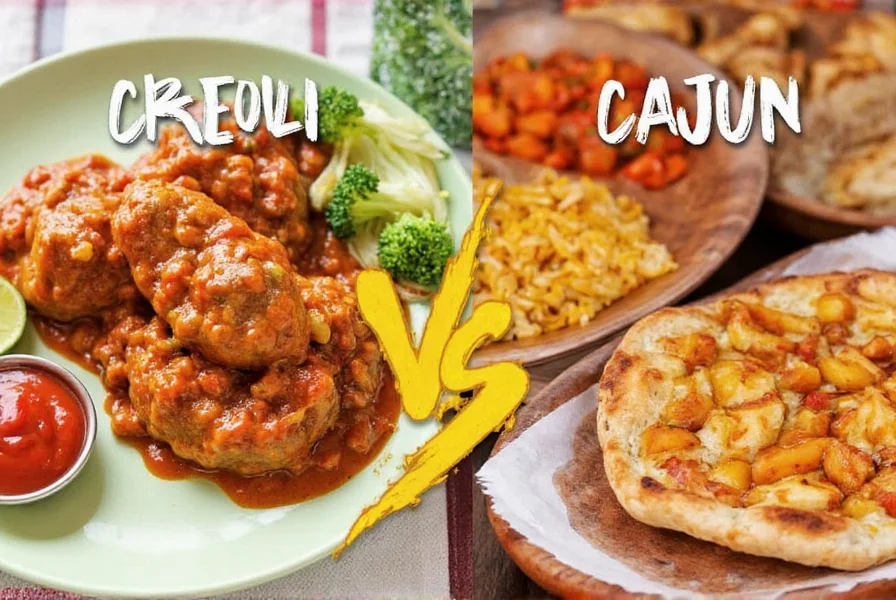











 浙公网安备
33010002000092号
浙公网安备
33010002000092号 浙B2-20120091-4
浙B2-20120091-4